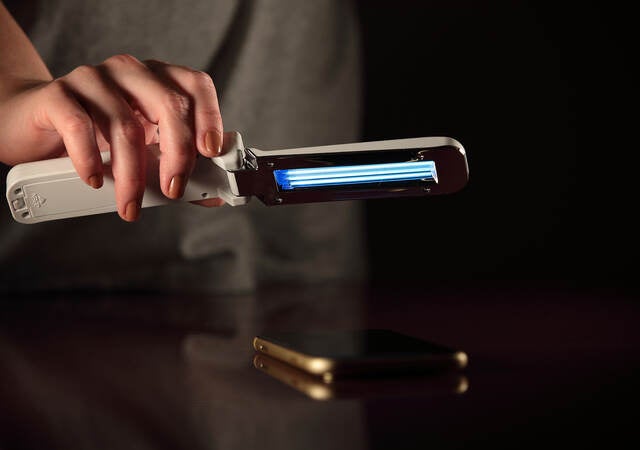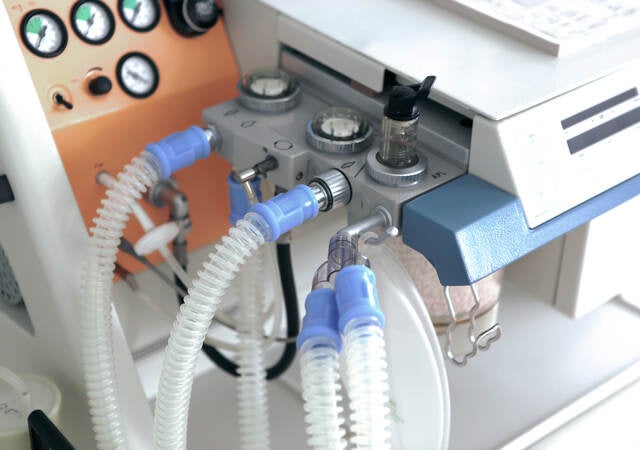March 1, 2024
By Oliver Eikenberg and Evangeline Loh
This regulatory update summarizes our In-house Devices per European IVDR Webinar including impending deadlines and questions posed during the session.
Webinar on in-house devices per the European IVDR
Our webinar on compliance of in-house devices with the In Vitro Diagnostic Devices Regulation (2017/746, IVDR) presented the definition of an in-house manufactured device and related impacts on health institutions. Articles 5(4) and 5(5) discuss that these in-house devices must meet the three fundamental conditions “manufactured and used within health institutions” and have an IVD medical purpose. What is meant with “manufactured” and “used” and other terms is further explained in 2023-1 Guidance on the health institution exemption under Article 5(5) of the IVDR. For example, health institutions include hospitals as well as institutions, such as laboratories and public health institutes that support the health care system and/or address patient needs, but do not treat or care for patients directly. It is also clarified in the guidance that the recognition as a health institution can depend on national legislation and could thus differ between EU Member States.
Contrary to IVDs, in-house devices are considered as put into service (and not as “placed on the market”). Both however must comply with the General Safety Performance Requirements, (GSPR, Annex I). In-house devices must also comply with the reduced conditions addressed within Articles 5(5)(a)-(i). This includes an appropriate quality management system (QMS extending the ISO 15189 for design and manufacturing processes, performance evaluation, and post-market surveillance activities), compliance to accreditation EN ISO 15189 for medical laboratories (or similar, if defined by the national legislation in EU Member States), a declaration statement made publicly available, and compliance with the GSPR.
How are in-house devices different from IVDs?
IVD manufacturers must compile Technical Documentation in compliance with Annex II and Annex III. IVD manufacturers also must select a route to conformity assessment. As an example, conformity assessment per Annex IX, Section 2, requires the manufacturer to lodge an assessment of the QMS and the QMS and Technical Documentation are typically reviewed by a notified body (all IVD classes except for Class A non-sterile).
In-house devices do not require CE marking affixed to the labeling or review by a notified body. There is no need for a UDI as well. This is because these are not placed on the market.
However, both IVDs and in-house devices need to be classified according to IVDR rules (Annex VIII) and must meet the criteria for the intended purpose (Annex I 20.4.1 c)). In most cases, a classification without a defined intended purpose will not be possible and automatically then raise further questions on the associated risk management and design and documentation activities.
What are the deadlines and when?
Health institutions with in-house devices should already be compliant post the Date of Application (May 26, 2022) and possess a completed and well-documented GSPR checklist concerning state-of-the-art standards. There is no grandfathering for in-house devices like there is for legacy IVDs placed on the market.
Health institutions now have until May 26, 2024, to comply with the majority of the elements delineated in Article 5(5): (b), (c), (e), (f), (g), (h), and (i), which refer to specific documentation and evidence.
Further, health institutions have until May 26, 2028, to address compliance with Article 5(5)(d) to gather information for CE-marked IVDs placed on the EU market and to verify why the in-house devices should not be replaced by these CE-marked IVDs.
Does the health institution need a certified QMS?
While Emergo by UL generally recommends certification of an entity’s QMS, there is indeed no requirement to lodge an assessment analogous to a manufacturer with an IVD who pursues Annex IX, Section 2, and where the expectation is to have a QMS certified to EN ISO 13485. For in-house devices, however, this EN ISO 13485 would be a valuable source to identify the delta between their current procedures under EN ISO 15189 and this medical device QMS standard and implement missing procedures to have an “appropriate” QMS.
What about in-house devices used for a clinical performance study?
Fundamentally, every device with a medical purpose is a medical device or IVD. This also is valid for in-house devices, in whatever stage these may be used in a clinical performance study. If the in-house device used in a clinical performance study qualifies as an IVD, it must comply with all conditions of an investigational device; this means the application would typically require submission as a clinical performance study with a favorable opinion of the ethics committee and authority approval in line with the requirements in ISO 20916. At the stage of the study approval, the qualification of the in-house device would be controlled; typically through basic documents like GSPR, Risk Management files, and PER and further QMS information, as needed (MDCG 2022-10, Questions 3 and 5).
Concluding remarks
Various fundamental obligations for in-house devices have been applicable since May 26, 2022. Now, on May 26, 2024, new obligations, which had been delayed for two years, come into effect. These include key documents every in-house device manufacturer (health institution) must understand and comply with. With this deadline, the required documents and visibility for health institutions not complying with it may be more and more visible to federal agencies, who have the task of controlling these.
Therefore, health institutions with in-house devices must become compliant to Article 5(5) by 26 May 2024, excluding Article 5(5)(d). From the initial publication date in 2017, there are now fewer than 90 days left to complete it. Now is the time to act. The starting position of your current health institution and related documentation will decide whether this action is a sprint or a marathon. Good and efficient training will always help to streamline this. Emergo has customized services and is available for you to assist with consulting on IVDs and in-house devices to prevent problems.
Request more information from our specialists
Thanks for your interest in our products and services. Let's collect some information so we can connect you with the right person.






